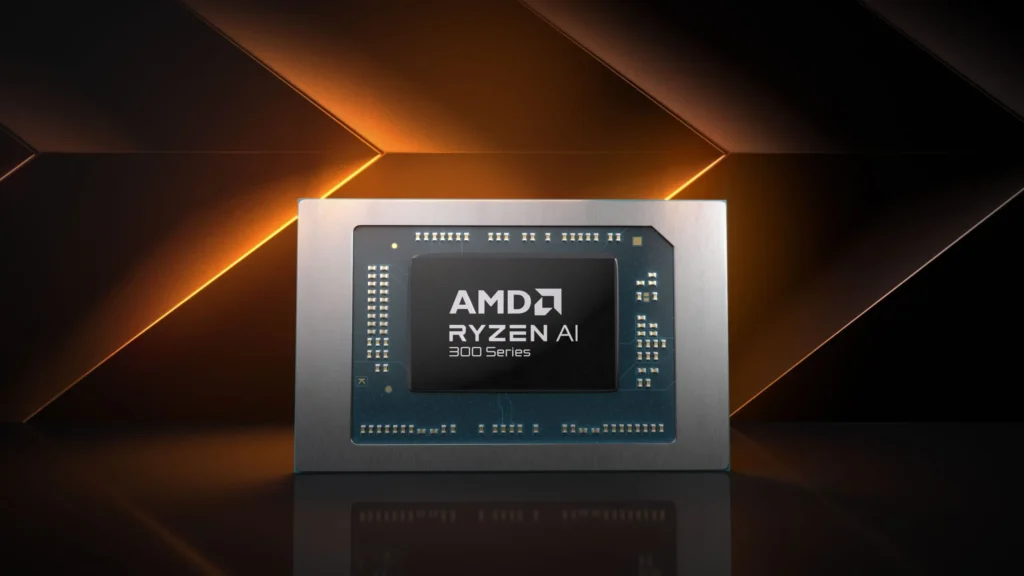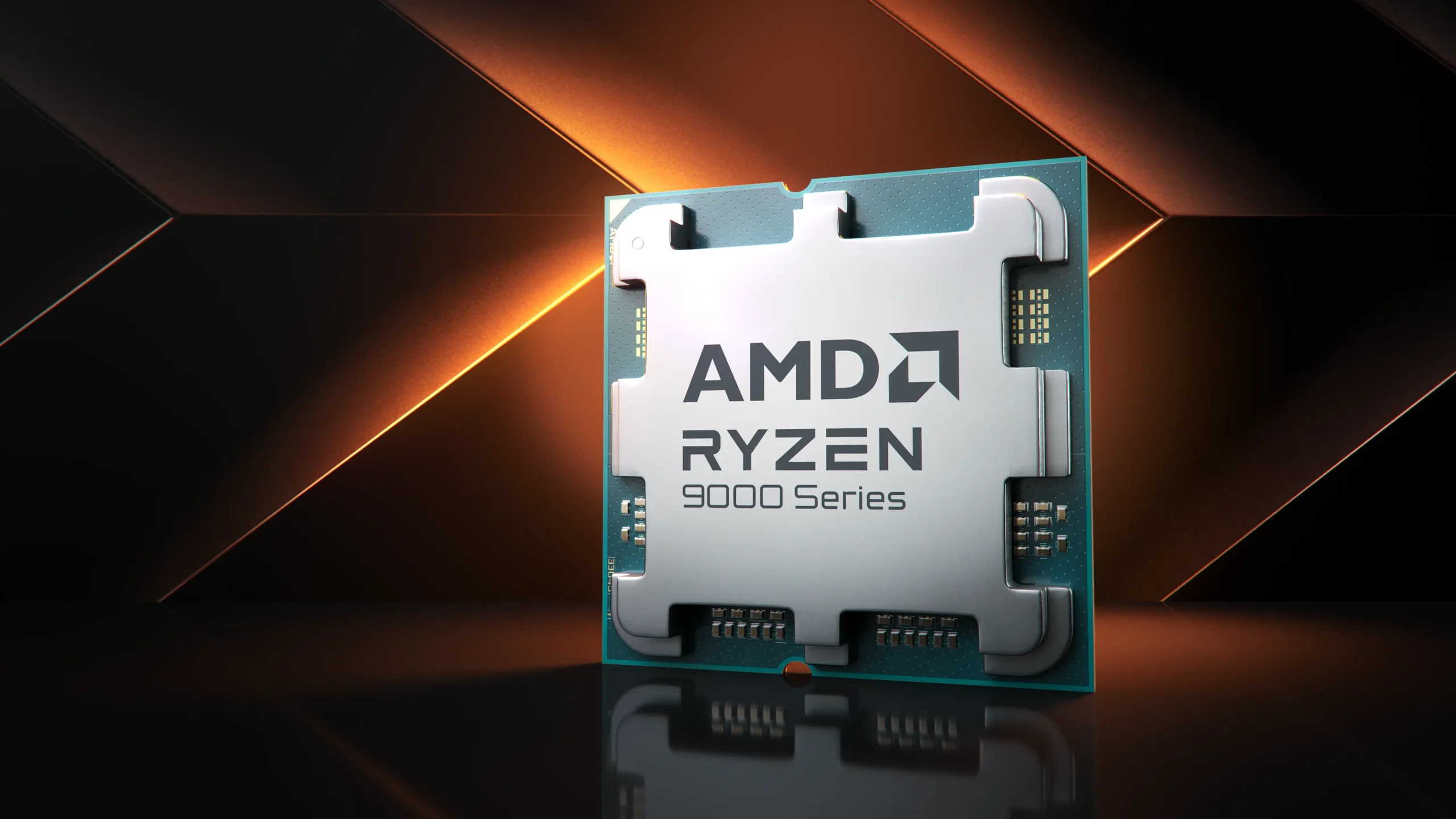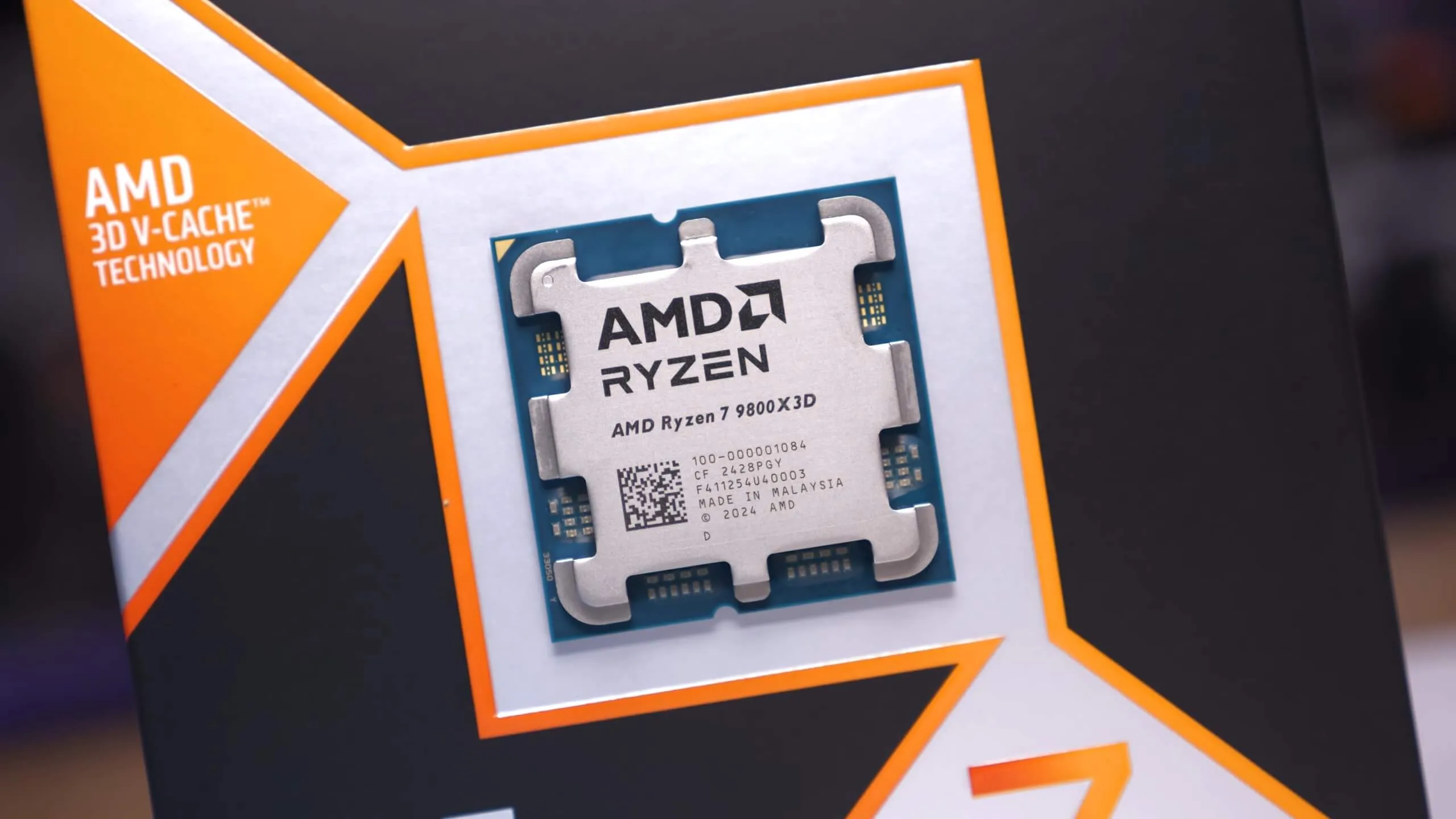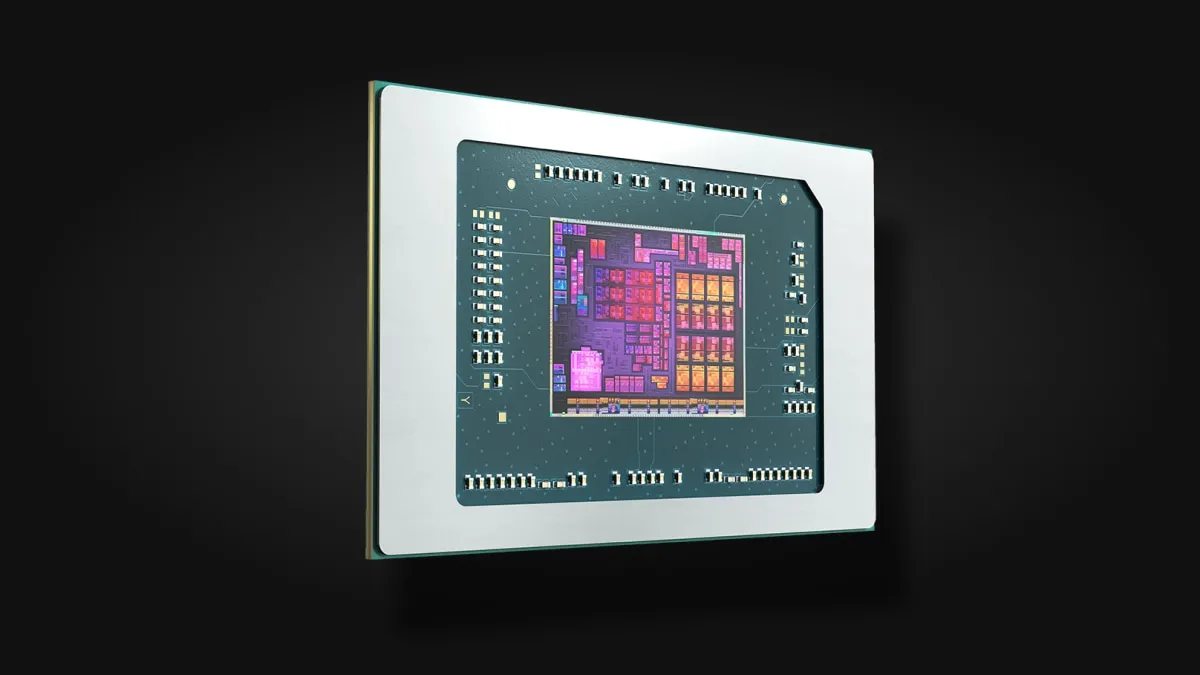
In an industry where integrated graphics often lag behind their discrete counterparts, AMD has made a striking statement with the unveiling of its latest Ryzen CPU. According to a recent benchmark leak, this new powerhouse—the Radeon RX 8060S integrated GPU, embedded within AMD’s Ryzen AI 300 series—has notably surpassed the Nvidia GeForce RTX 4060 in the renowned 3DMark Time Spy benchmark. This breakthrough heralds a potential shift in the landscape of gaming hardware, particularly for those eyeing the best gaming laptops of the future.

Surpassing Expectations: The Radeon RX 8060S Integrated GPU
The leak, credited to the well-known tech leaker All The Watts! on X (formerly Twitter), showcases an impressive GPU score of 12,516. To put this into perspective, this score not only eclipses that of the Nvidia RTX 4060, which averages at 10,620 but also edges close to the more powerful RTX 4060 Ti, which stands at an average of 13,507. Such a performance is unprecedented for an integrated GPU and suggests that AMD’s new Strix Halo range is not just for casual gaming; it’s built to compete.
A Look Under the Hood
Although specific details about the rest of the system’s configuration remain under wraps, the implications of this benchmark are significant. The AMD Strix Halo CPUs, part of a lineup rumored to feature some of the most potent integrated graphics on the market, seem poised to redefine expectations for gaming laptops and desktops alike.
However, it’s worth noting a few caveats. The 3DMark Time Spy, while a staple in GPU benchmarking, doesn’t support many newer graphics features like ray tracing. Additionally, as integrated GPUs generally rely on system memory rather than dedicated VRAM, there could be limitations in other gaming tests that stress memory performance.

What This Means for Gamers
For the average gamer, the implications are thrilling. The prospect of achieving near high-end discrete GPU performance without the additional hardware could make gaming more accessible and reduce the overall cost of gaming setups. Moreover, this development could pressure other industry giants like Nvidia to push the envelope further in integrated graphics technology.
Looking Ahead: The Future of Gaming Hardware
As we look forward to CES 2025, where AMD is expected to officially unveil the Strix Halo series, the anticipation for what could be the next best gaming CPU is palpable. For those planning to build or upgrade their gaming PCs, staying informed about these advancements could be crucial.

In conclusion, AMD’s latest benchmark leak suggests that the era of needing a separate graphics card for competitive gaming performance might be drawing to a close. If these preliminary results hold up under further scrutiny, the AMD Strix Halo could herald a new standard for gaming technology, blending performance with integration in ways previously thought impossible. For now, gamers and tech enthusiasts alike will be watching closely, eager to see how this new chapter in gaming hardware unfolds.
